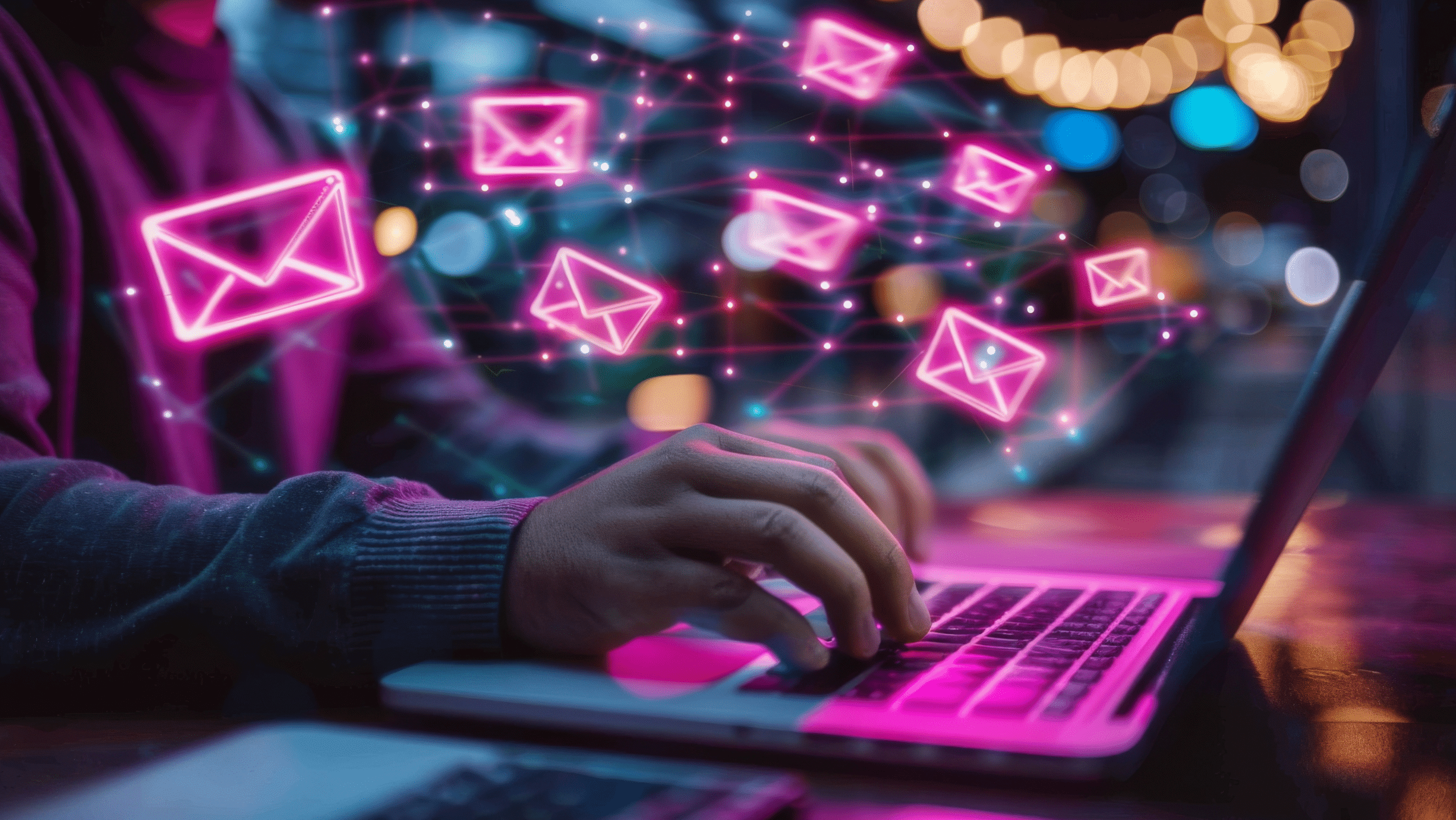Email marketing remains a powerful tool for connecting with customers. As we look toward 2026, artificial intelligence is set to completely reshape how businesses approach their email strategies. AI is no longer a futuristic concept; it is a practical tool that can help you send smarter, more effective emails. By using AI, you can deliver personalized experiences that resonate with your audience and drive better results.
This post will explore the growing role of AI in email marketing. We will look at how it works, share real world examples, and provide you with actionable tips to get started. You will learn how to use AI to enhance your campaigns, whether you are a small startup or a large, established company.
Understanding AI’s Impact on Email Marketing
Artificial intelligence in email marketing uses data and algorithms to make intelligent decisions. It automates tasks that would normally require a lot of manual effort. Think of it as having a very smart assistant who analyzes your customer data 24/7. This assistant helps you understand what your subscribers want and when they want it.
The main goal is to move beyond generic email blasts. With AI, you can create conversations that feel personal and relevant to each individual subscriber. This leads to higher engagement, increased conversions, and stronger customer loyalty. It’s about sending the right message to the right person at the right time.
How AI Elevates Your Strategy
AI can be integrated into your email marketing in several key areas. It helps with personalization, streamlines your workflow, and provides deep insights into campaign performance. Let’s explore some of the most impactful applications.
Hyper Personalization at Scale
Personalization is more than just using a subscriber’s first name. True personalization involves tailoring the entire email experience, from the subject line to the products recommended inside. AI makes this possible on a large scale.
Dynamic Content Blocks
AI tools can analyze a subscriber’s past behavior, such as purchase history and browsing activity. Based on this data, it can dynamically change the content within an email for each person. For example, an e-commerce store can show a customer new arrivals in their favorite brand or category.
A company like Netflix uses this approach well. Their email recommendations are not random; they are powered by a sophisticated AI that knows what you have watched and what you are likely to enjoy next. This level of personalization keeps subscribers engaged and eager to see what’s new.
Predictive Segmentation
Traditional segmentation groups subscribers based on broad categories like demographics. AI takes this a step further with predictive segmentation. It can identify groups of customers who are likely to take a specific action, like making a purchase or churning.
You could use AI to create a segment of “customers at risk of leaving.” Then, you can send them a targeted reengagement campaign with a special offer. This proactive approach helps you retain customers before they are gone for good. Our team at MoDuet can help you build these predictive models.
Smarter Timing and Automation
Sending an email at the perfect moment can make all the difference. AI removes the guesswork from scheduling your campaigns.
Send Time Optimization
When is the best time to send an email? The answer is different for everyone. AI powered tools can learn the individual habits of each subscriber. They track when a person usually opens and clicks on emails.
Over time, the system can automatically send your campaign to each subscriber at their optimal time. Someone who checks their email first thing in the morning will receive it then. A person who browses emails during their lunch break will get it at noon. This simple adjustment can significantly boost your open rates. Major email platforms like Mailchimp have started to integrate these features.
Automated Journey Building
AI can also help you design more intelligent customer journeys. Instead of creating a rigid, linear automation, AI can adapt the path based on a subscriber’s actions. If a customer clicks on a link for a specific product, the AI can trigger a follow up email with more information about that item. If they ignore an email, the system can try a different approach or channel. This creates a responsive and personalized journey for every user.
AI Powered Content Creation
Writer’s block can slow down any marketing team. AI is quickly becoming a valuable partner in the content creation process.
Subject Line Generation and Testing
The subject line is your email’s first impression. AI tools can generate dozens of compelling subject line variations in seconds. They can also predict which ones are most likely to achieve a high open rate based on past performance data.
Some advanced systems can even run automated A/B tests. They send different subject lines to small portions of your list, identify the winner, and then send the best performing version to the rest of your subscribers. This ensures your campaigns are always optimized for engagement.
Email Copy Assistance
AI can help you write the body of your emails too. You can provide a few bullet points or a brief description, and an AI writing assistant can draft a full email for you. While it’s always important to review and edit the copy to match your brand voice, this can save you a lot of time.
Practical Takeaways for Your Business in 2026
Getting started with AI in email marketing does not have to be overwhelming. Here are a few practical steps you can take.
- Choose the Right Tools: Many email service providers now offer built in AI features. Look for platforms that support send time optimization, predictive segmentation, and dynamic content. Evaluate your current provider or explore new ones that align with your goals.
- Start with Clean Data: AI is only as good as the data it has. Make sure you are collecting and organizing your customer data effectively. Track website behavior, purchase history, and email engagement. The more high quality data you have, the more powerful your AI will be.
- Focus on One Area First: Don’t try to implement everything at once. Start with one specific goal, like improving open rates with send time optimization. Master that, measure the results, and then move on to the next area, such as personalization.
- Always Keep a Human Touch: AI is a tool to enhance your marketing, not replace it entirely. Always review AI generated content and strategies to ensure they align with your brand. Your unique voice and human oversight are still your greatest assets.
The future of email marketing is intelligent, personalized, and automated. By embracing AI, you can build stronger relationships with your customers and achieve your business goals. Companies that adopt these technologies will have a significant advantage in the years to come.
Ready to explore how AI can transform your email marketing? Contact MoDuet today to learn more about our digital marketing services.
We Want To Talk To You About Your Marketing Goals.
Let’s Supercharge Your Online Growth!












